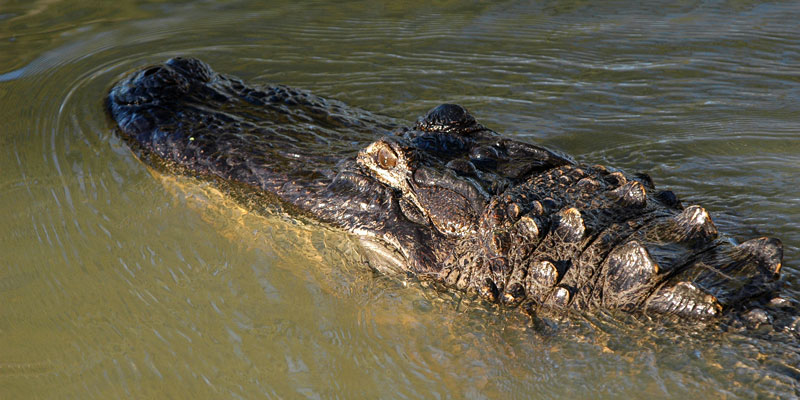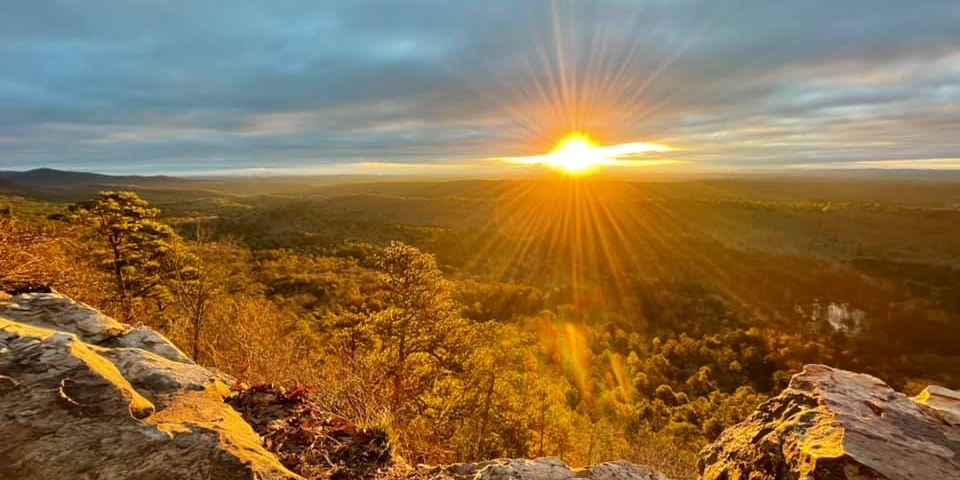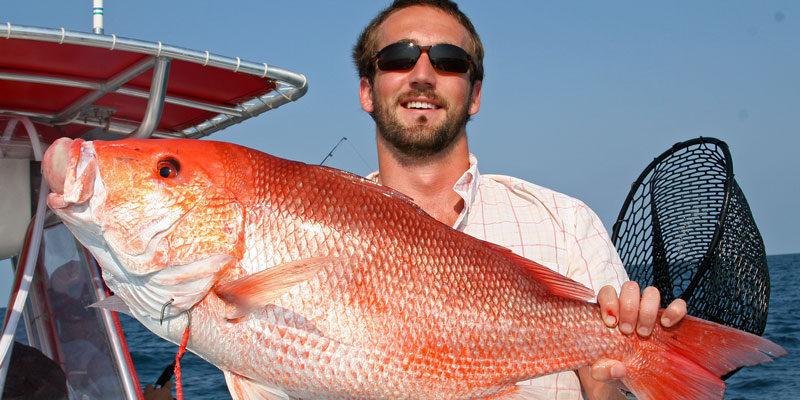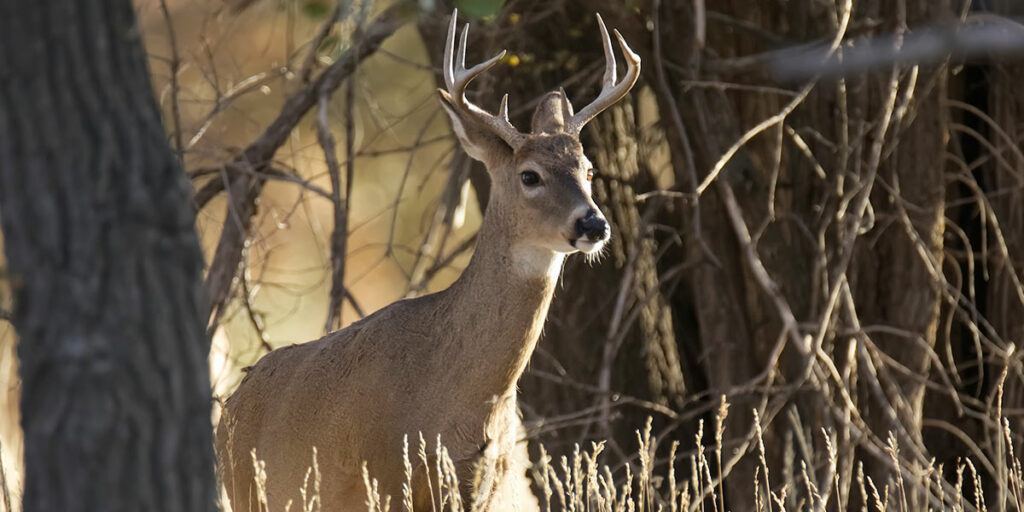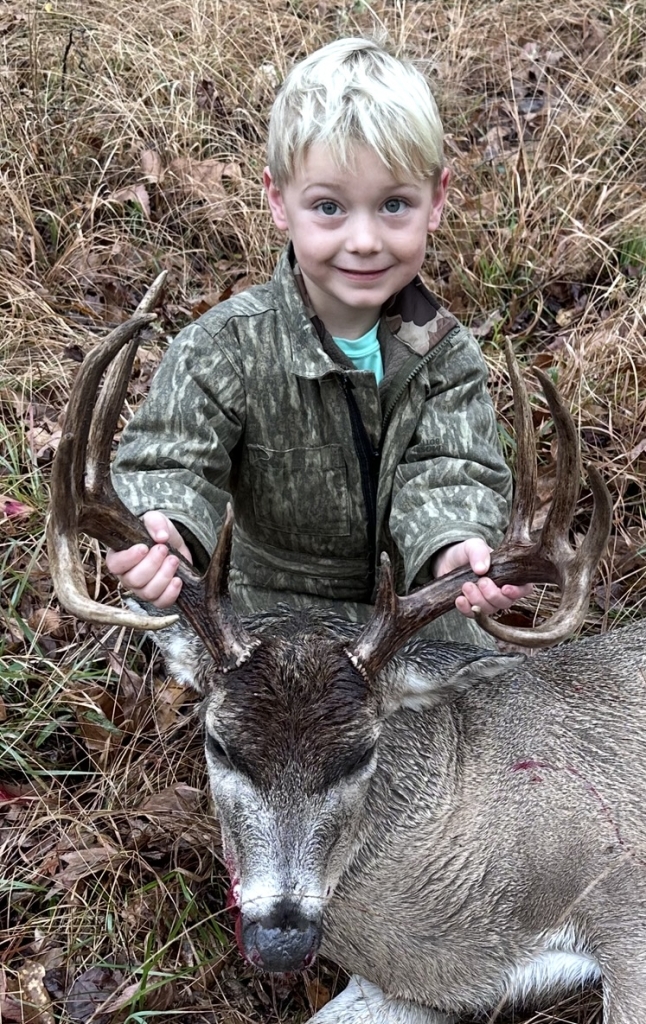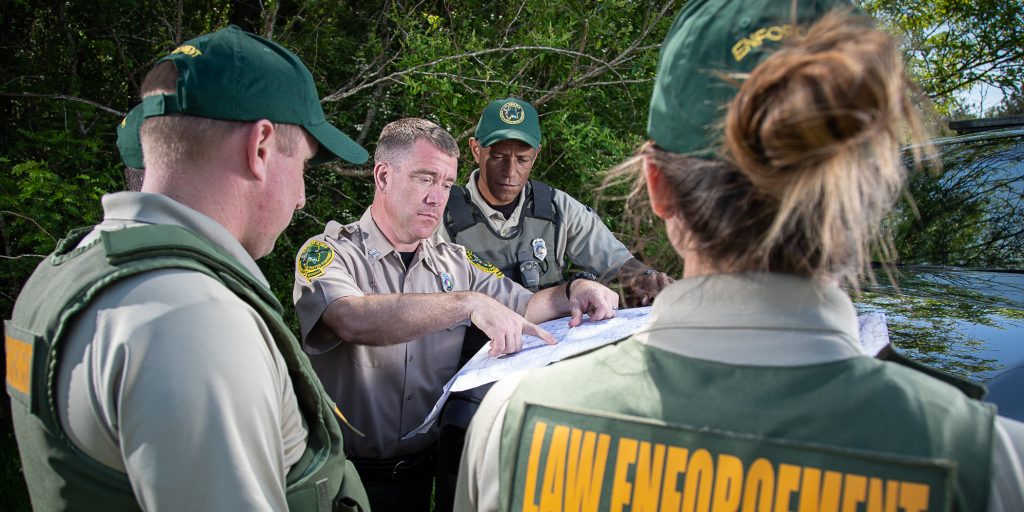Alabama will celebrate its 15th alligator hunting season in 2020 as a remarkable recovery story continues for the American alligator.
Early in the 20th century, alligators in the U.S. had diminished to alarming numbers. Unregulated alligator harvest during this time prompted Alabama to protect the animals in 1938. In 1967 the U.S. Fish and Wildlife Service listed the American alligator as an endangered species.
“Alabama was one of the first states in the Southeast to protect alligators,” said Chris Nix, Alligator Program Coordinator with the Alabama Wildlife and Freshwater Fisheries (WFF) Division.
Conservation efforts by the affected states allowed the alligator population to rebound so that by 1987 it was removed from the Endangered Species List but continued to be a federally protected species.
Alabama’s alligator population has grown to the point that it can sustain a limited harvest, allowing state residents a new and exciting opportunity. WFF officials decided to start with limited access and increase the opportunities when possible.
“I had joined Wildlife and Freshwater Fisheries two months before that first season in 2006,” Nix said. “We had 50 tags that year, and the hunting area was strictly the Mobile-Tensaw Delta. The south border was the Causeway; the north border was the CSX Railroad; the west border was Highway 43; and the east was Highway 225. It was a very small hunting area that first season. The reason is that managing alligators is a lot different than managing white-tailed deer or wild turkeys. If you overharvest deer one season, they can rebound from that pretty quickly. Alligators are not like that. It takes a lot longer for alligators to return to previous populations.”
While maintaining the integrity of the alligator population was the cornerstone of the conservation efforts, WFF surveys showed the hunting opportunities could be expanded to other parts of the state.
Registration for the 2020 alligator season opens June 2 and runs through 8 a.m. July 8. A total of 260 tags will be issued in five hunting zones.
Registration is $22 per zone, and individuals may register one time per zone. Selected hunters and others accompanying or assisting in any vessel are required to have a valid hunting license in their possession while hunting.
Only Alabama residents and Alabama lifetime license holders aged 16 years or older may apply for tags. Alabama lifetime license holders may apply for an alligator possession tag even if they have moved out of the state.
Visit https://www.outdooralabama.
The original 2006 hunting area, now known as the Southwest Zone (100 tags available), has expanded its boundaries to include all of Mobile and Baldwin counties north of I-10 and private and public waters in Washington, Clarke and Monroe counties that lie east of U.S. Highway 43 and south of U.S. Highway 84. The 2020 season dates are sunset on August 13 until sunrise on August 16 and sunset on August 20 to sunrise on August 23.
The Coastal Zone (50 tags) was added last year and includes the private and public waters in Baldwin and Mobile counties that lie south of I-10. The 2020 season dates are the same as the Southwest Zone.
The Southeast Zone (40 tags) covers the private and public waters in Barbour, Coffee, Covington, Dale, Geneva, Henry, Houston, and Russell counties, excluding Alabama state public waters in Walter F. George Reservoir (Lake Eufaula) and its navigable tributaries. The 2020 season dates are sunset on August 8 until sunrise on September 7.
The West Central Zone (50 tags) includes private and public waters in Monroe (north of U.S. Highway 84), Wilcox, and Dallas counties. The 2020 season dates are sunset on August 13 to sunrise on August 16 and sunset on August 20 to sunrise on August 23.
The Lake Eufaula Zone (20 tags) includes Alabama state public waters in Walter F. George Reservoir (Lake Eufaula) and its navigable tributaries, south of Highway 208, Omaha Bridge (excluding Eufaula National Wildlife Refuge). The 2020 season dates are sunset on August 14 until sunrise on October 5. The Lake Eufaula Zone is the only zone with a size restriction. Alligators must be at least 8 feet in total length in the Lake Eufaula Zone, which is the only zone that allows daytime hunting.
“The reason we created the Coastal Zone was due to nuisance complaints,” Nix said. “The alligator population is stable, but the human population is increasing in the alligators’ habitat. We found that very few people would harvest alligators south of I-10 in Baldwin County. It helped last year with 20 alligators harvested south of I-10. That’s a big area and we only issued 50 tags.”
Nix said WFF staff diligently surveys the alligator hunting zones to ensure the health of the alligator population.
“Our surveys are conducted using GPS routes, run at the same time each year, preferably with the same weather conditions, air and water temperatures and wind speeds,” he said. “I try to do our survey within the same week and pick the best weather conditions of that week. We try to make the surveys as consistent as possible.”
Nix said the surveys are done with a boat driver and two observers. The surveys are done at night and are broken down into different zones.
“In no way are we saying we’re counting every alligator out there, but under the same conditions year after year, we can look at population trends over a period of time,” he said.
Hunters will be randomly selected by computer to receive one alligator possession tag each. Tags are non-transferable. A preference point system will be used in the random selection process. Unsuccessful applicants receive points for each year they are not drawn, which increases the likelihood of being drawn each year. However, if an applicant does not register for the hunt in a given year or is selected and accepts a tag for a hunt, the preference points revert to zero.
Applicants can check their selection status after noon on July 8. Selected applicants’ acceptance is required by 8 a.m. on July 15. Any selected applicants who have not responded by that time will lose the spots and alternates will fill the vacancies. All successful applicants must complete the online alligator training course prior to accepting hunter or alternate status. A Conservation ID number and date of birth are required for access to registration and selection status.
If selected for an alligator possession tag at two or more locations, hunters must choose which location they would like to hunt. The slot for locations not chosen will be filled from a list of randomly selected alternates.
A no-cull rule was implemented in 2018. That means hunters cannot catch and then release an alligator to try to find a larger one.
“If you get the alligator next to the boat, it must be dispatched immediately,” Nix said. “Once it’s captured, it’s your alligator.”
Nix said alligator population numbers and harvest numbers have remained consistent since the season was established. The only anomaly was in 2008 when Tropical Storm Fay hit the Alabama coast.
“Overall, the alligator population in Alabama is stable to slightly increasing,” he said. “When you look at available tags since 2006, the percentage of harvest has stayed very consistent with the exception of the year we had the tropical storm. As a whole, between 65 and 70 percent of the hunters have been successful regardless of the number of tags or the areas to hunt.”
If you happen to be one of the lucky applicants to receive a tag, Nix recommends doing homework before you head out to hunt alligators, which can grow as large as the current world record of 15 feet, 9 inches and 1,011.5 pounds. That monster gator was taken by Mandy Stokes of Camden in 2014.
“People who don’t have experience hunting alligators should watch available videos (at outdooralabama.com) repeatedly to determine the equipment they will need,” he said. “And a big tip refers to scouting. A lot of people want to scout alligators at night. Scouting an alligator is a lot different than any other species. I recommend people scout during the daytime and become as familiar as possible with the area they’re hunting.”
With the exception of dates, the 2020 alligator season is unchanged from last year’s season. Nix said WFF staff continues to survey other areas to determine if additional areas can be added in the future.
“The Division is working as hard as we can to offer as many opportunities for as many people as possible while maintaining the health of the alligator population,” he said. “That’s a continuing effort we make each year.”
David Rainer is an award-winning writer who has covered Alabama’s great outdoors for 25 years. The former outdoors editor at the Mobile Press-Register, he writes for Outdoor Alabama, the website of the Alabama Department of Conservation and Natural Resources.




